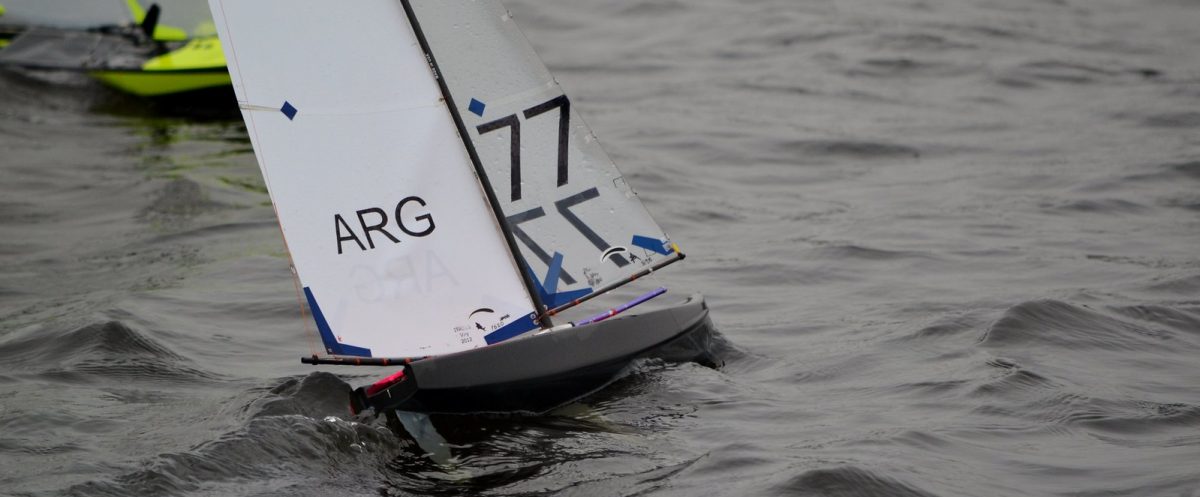Please note that this is an “Invitation Only” forum to help block the significant number of SPAM users that we get. If you want access please contact the Webmaster via this Form to request access
Hi guys,
it's still me to ask a clarification about the rules 😉
Rule 3.2.2 mandate the presence of a fender on the bow made with an elastomeric material.
Question: are the flexible filaments for the 3d printer (like TPU) allowed/acceptable ?
Thanks
Goth XP
ITA 02
Hi Gianluca
I personally do not know much/anything about 3D printing and this is a topic that we will need to cover quite soon.
In the meantime the only guidance that I can give is that the material used should fit the definition of Elastomeric. An example of such definition is HERE
When I look up TPU (For example HERE), it looks to me like it meets the criteria.
I suppose a question that i should ask in return is "If you were going to be hit but another boat at full speed which had a TPU bumper, would you expect any increased risk of damage?"
Does this help?
GBR 42
Interim RG65 ICA Chairman
Hi, Everyone!
Question about the fender:
Original idea is it to be of something REALLY elastic, to reduce damages that could arise during a collision.
Thus it ever used to be made of Rubber Foam (or some other foam), that would clearly deform if you press it with a finger.
Obviously, it should restore itself back to the original shape once the pressure is released. Like a Soft Erasing Rubber: you can press a finger into it, but it will come back as soon as you release the pressure!
From observation, materials used are: Rubber Foam, SOFT Silicone casted, molded or sculped to shape, Soft Poliurethane Foam or Sponge (sometimes covered with thin Scotch Tape to avoid/reduce water absortion), Neoprene Foam (like the one used on swimming/diving suits) and similars. Rubber cut from a Car Tire is definitively TOO HARD!!!
Hopefully this gives an idea!
Have a Good Sailing, without collisions!
😉
Missed your response...
Anyway, to answer your question: from the test I made, it seems yes, but only if it is printed the rigth way. Which means with a Infill (the percentual indicating how much filled is the manufact) at least at 20-30%, otherwise it seems too soft on impact, even if I don't think the collision would end with damages to the boats. Of course I never tested an actual impact...
The one I tried to print seems to align with what @fredov said, it is really soft and elastic.
In the next days I will try to print some of them with various Infill values to see what came out... Will update with my impressions in some days...
bye
Gianluca
Goth XP
ITA 02
Hi!
A collision CAN, and possibly will, damage a boat, even an RG65 (and don´t try to imagine an "M"!!!)
I had the experience during normal sailing with a nice wind, both boats crossing while going upwind!
Fortunately it resulted easy to fix: return ASAP to shore, cover the punch with some tape, and return to sail!
Afterthought: make the bumper as soft as possible! It is there to reduce eventual damage if a collision occurs ...
Fair Winds, and safe crossings to you!
🙂
Hello Gianluca,
I have just made a couple of tests with 95A TPU. As the fender is so small and of triangular section, it seems the wall thickness has a great effect on the apparent hardnes. With 30% infill, you can squeeze the part side to side, but from the front it is hard. Reducing the wall thickness from 1 to 0,5 made it softer from the front. This was with a 10mm fender thickness.
The good thing is that you can make a large fender because you can keep a nice sharp bow edge, which foam or others may not allow.
I think the admin is going to move us to technical discussion, but I assume that being an experimental class this will happen often whed discussing rules... ?
@antsal
Hi, Antonio!
Rubber, Neoprene Foam and other Foams CAN BE FORMED to ANY SHAPE!
It is clear, to the best of my knowledge, that by now there is no "Foam Filament". But it is easy enough to get ANY desired shape from these materials by carving them with a sharp knife or a Dremel.
You will appreciate the benefit of a really SOFT Bumper once you got some collision in your experience!
😉
Thanks, Fredo,
I will try what you say. The "problem" with 3d printing is that we tend to forget all other methods.
Hi, @antsal:
We actually SHOULD use the technique that seems most useful for the part or piece we just are working with.
And in my Bumper Materials List I forgot to include EVA! The one you find on most Beach Sandals and other soft items, available in many colours !
Glue a little block onto the bow, shape it with a razor blade, finish it using a Dremel with Sanding Disk. And just before you get the boat into the water, rub it lightly with some Grease or Vaseline. Or maybe Wax. It will become smooth and glossy! SUPER BUMPER!!!
😉


